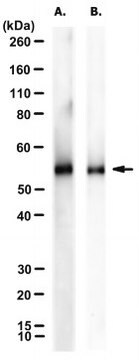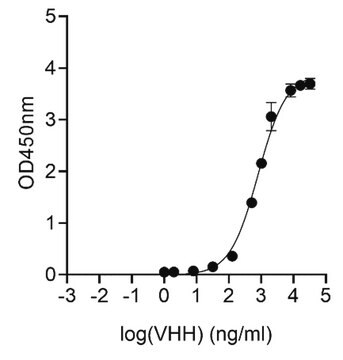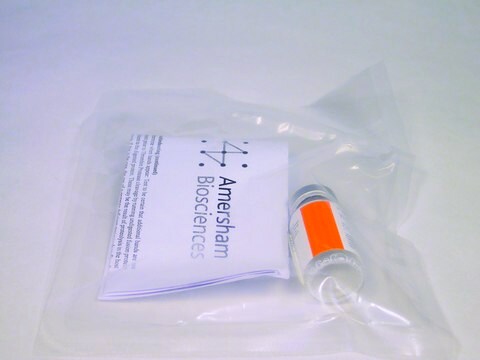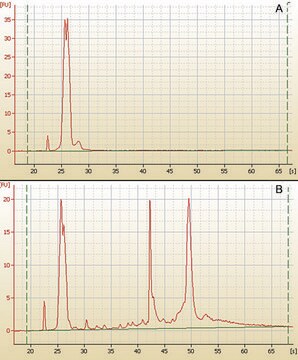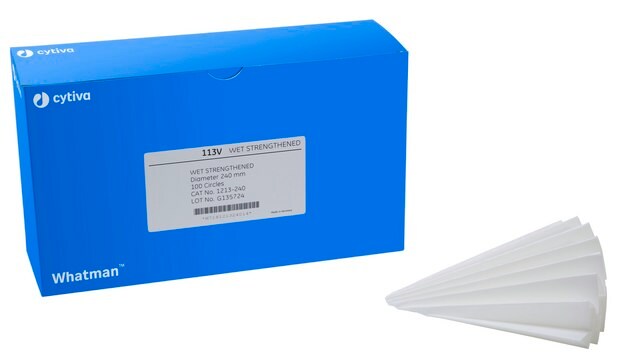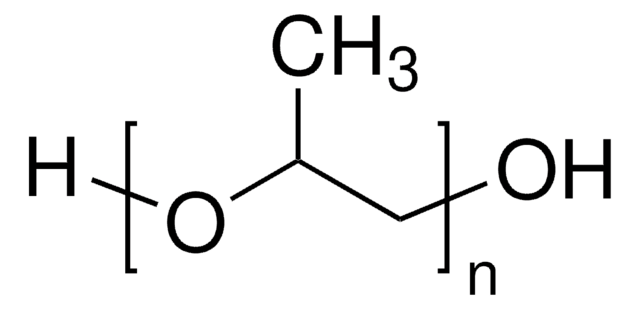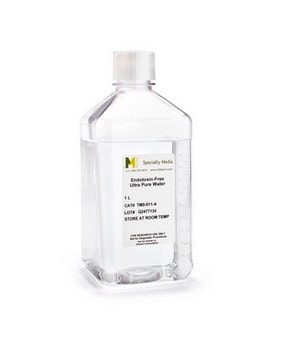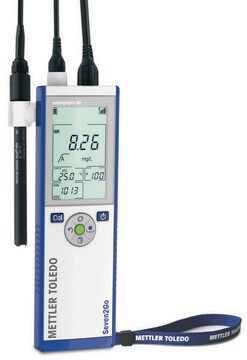MABN2402
Anti-Tau Antibody, clone 10C5
Synonym(e):
MAPTL, MTBT1, Neurofibrillary tangle protein, PR-1, Paired helical filament-tau (PHF-tau), TAU
About This Item
Empfohlene Produkte
Biologische Quelle
mouse
Qualitätsniveau
Antikörperform
purified antibody
Antikörper-Produkttyp
primary antibodies
Klon
10C5, monoclonal
Mol-Gew.
calculated mol wt 79 kDa
observed mol wt ~57 kDa
Aufgereinigt durch
using protein G
Speziesreaktivität
human, mouse
Verpackung
antibody small pack of 100
Methode(n)
ELISA: suitable
immunohistochemistry: suitable
western blot: suitable
Isotyp
IgG2bκ
Epitopsequenz
N-terminal half
Protein-ID-Hinterlegungsnummer
UniProt-Hinterlegungsnummer
Lagertemp.
2-8°C
Angaben zum Gen
human ... MAPT(4137)
Spezifität
Immunogen
Anwendung
Evaluated by Western Blotting with His-tagged, Human recombinant Tau, isoform 1N4R. Western Blotting Analysis: A 1:1,000 dilution of this antibody detected His-tagged, Human, recombinant Tau isoform 1N4R.
Tested Applications
Enzyme Immunoassay (ELISA): Serial dilutions from a representative lot detected Tau monomers or Tau aggregates induced with arachidonic acid in ELISA (Courtesy of Nicholas Kanaan, Ph.D., Michigan State University, USA).
Western Blotting Analysis: A representative lot detected recombinant, human Tau isoform 2N4R monomers and aggregates, 2N3R monomers and aggregates, and mouse Tau monomers. (Courtesy of Nicholas Kanaan, Ph.D., Michigan State University, USA).
Immunohistochemistry Applications: A representative lot detected Tau in Alzheimer′s diseased (AD) brain (superior temporal cortex, STG) tissue sections. Human disease sections had to be treated with phosphatase (dephosphorylates tau) to obtain reactivity suggesting tau in human AD is phosphorylated at its epitope. (Courtesy of Nicholas Kanaan, Ph.D., Michigan State University, USA).
Note: Actual optimal working dilutions must be determined by end user as specimens, and experimental conditions may vary with the end user.
Zielbeschreibung
Physikalische Form
Rekonstituierung
Lagerung und Haltbarkeit
Sonstige Hinweise
Haftungsausschluss
Sie haben nicht das passende Produkt gefunden?
Probieren Sie unser Produkt-Auswahlhilfe. aus.
Lagerklassenschlüssel
10 - Combustible liquids
WGK
WGK 1
Flammpunkt (°F)
Not applicable
Flammpunkt (°C)
Not applicable
Analysenzertifikate (COA)
Suchen Sie nach Analysenzertifikate (COA), indem Sie die Lot-/Chargennummer des Produkts eingeben. Lot- und Chargennummern sind auf dem Produktetikett hinter den Wörtern ‘Lot’ oder ‘Batch’ (Lot oder Charge) zu finden.
Besitzen Sie dieses Produkt bereits?
In der Dokumentenbibliothek finden Sie die Dokumentation zu den Produkten, die Sie kürzlich erworben haben.
Unser Team von Wissenschaftlern verfügt über Erfahrung in allen Forschungsbereichen einschließlich Life Science, Materialwissenschaften, chemischer Synthese, Chromatographie, Analytik und vielen mehr..
Setzen Sie sich mit dem technischen Dienst in Verbindung.